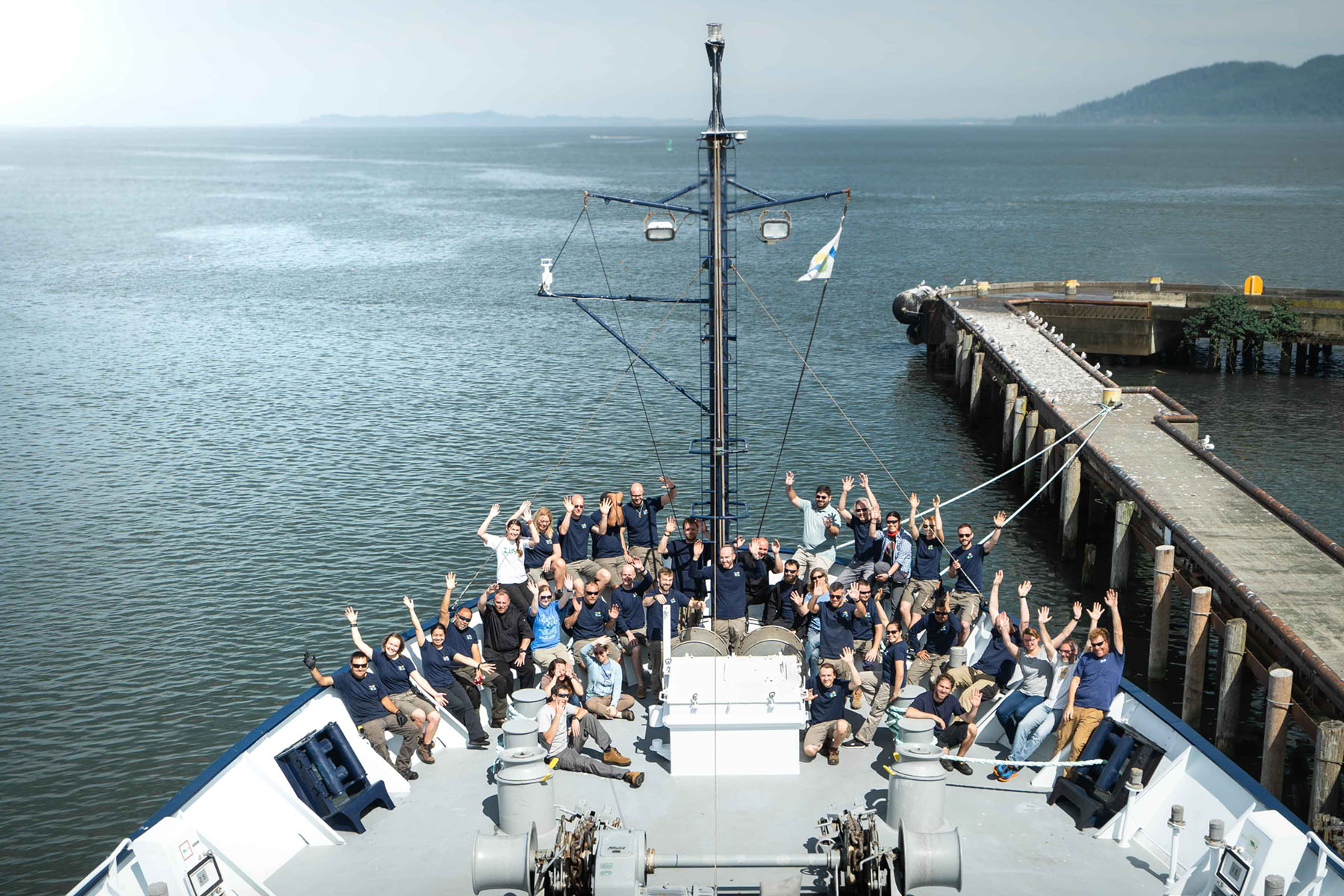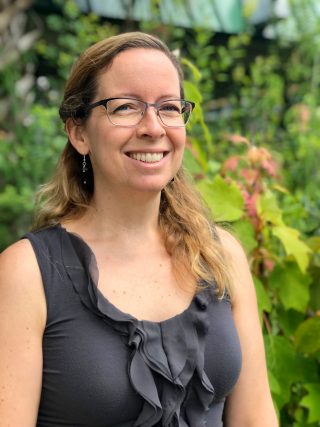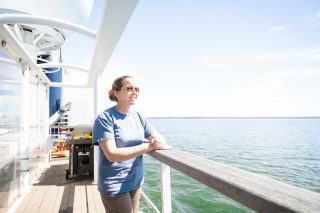
The unusually bright Oregon sun beams down on me as I watch the soaring Astoria bridge recede into the background. The R/V Falkor has just pushed back from the dock and we’re steaming into the great Columbia River. Looking ahead, I can see twin points of land, framing the mouth of the Columbia like a giant crab claw.
That’s the infamous Columbia Bar, which I just learned is nicknamed the “Graveyard of the Pacific” for the many shipwrecks it has caused. While I have no worries about the Falkor, I am quite interested in the seafloor just beyond the Bar. In fact, we’ll be intentionally sinking a fair amount of equipment just to get a better look.
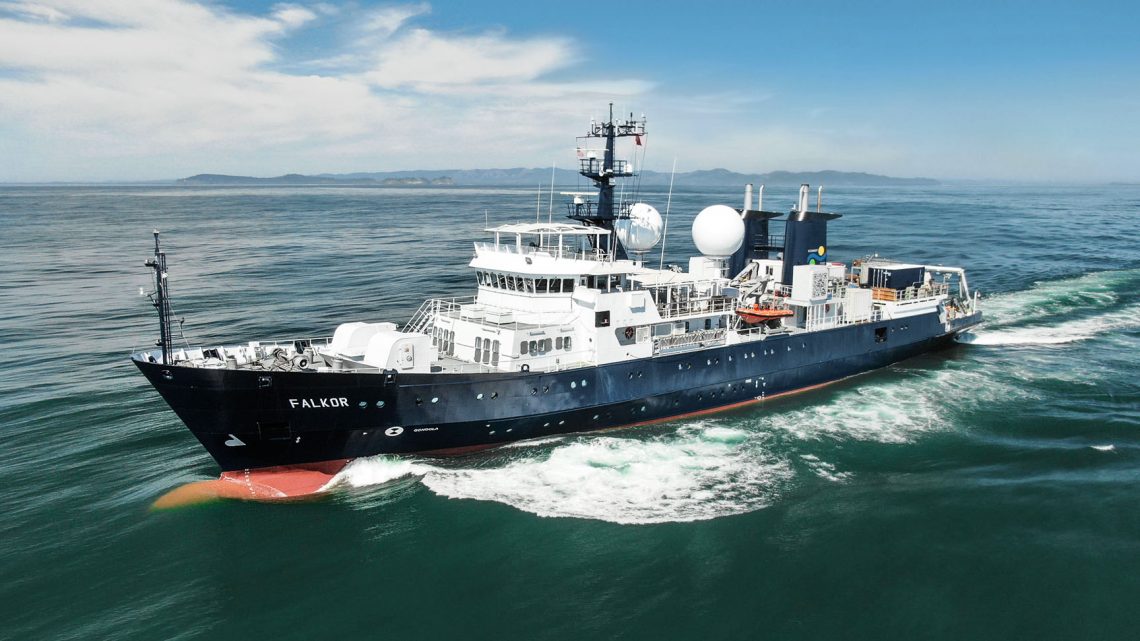
But instead of shipwrecks, we’ll be hunting bubbles. Methane bubbles, to be precise. And when it comes to hunting bubbles, you can’t get much more experienced than our crew. Between Schmidt Ocean Institute, my own agency, the U.S. Geological Survey, and our other partners on this mission, we have performed dozens of dives for methane seeps all over the world.
Here, though, the twist is that the hotspots where we’ll be looking for methane bubbles are actually gas hydrates, frozen crystals of ice and methane, that have been well-documented off the Oregon Coast.
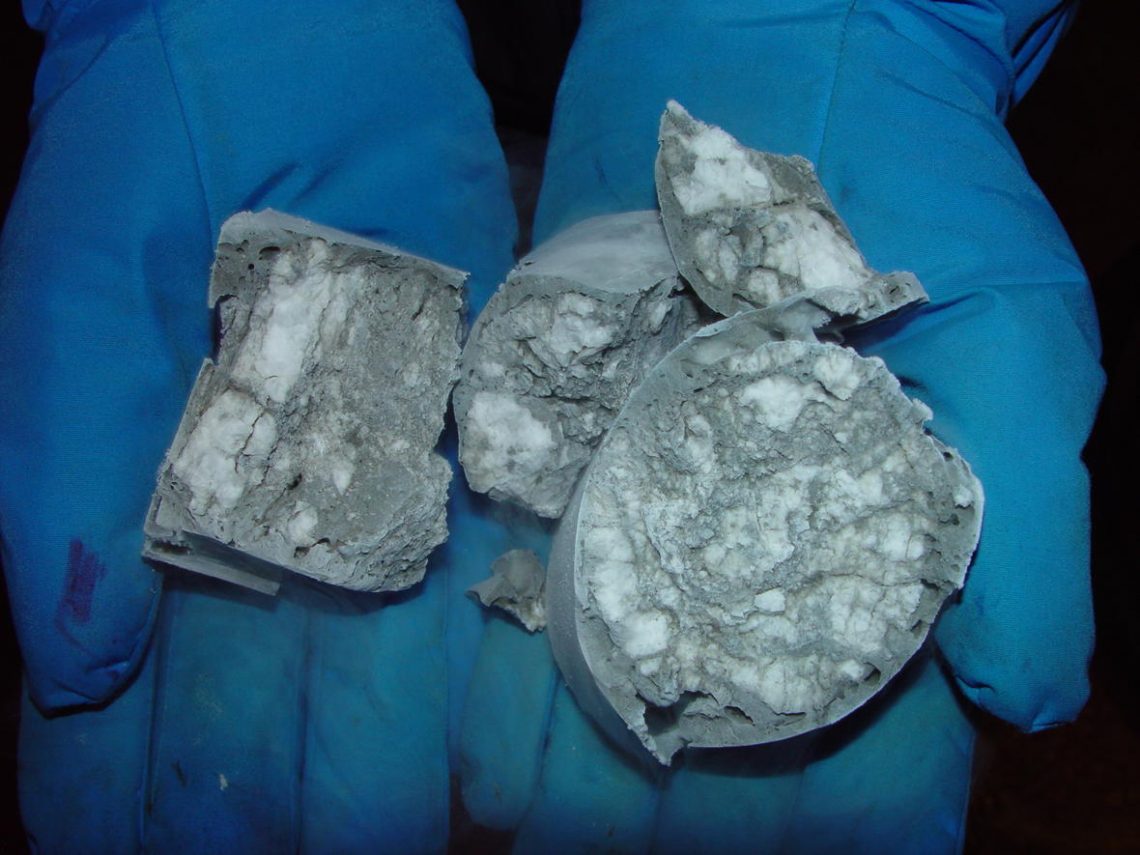
This is particularly exciting for me, because I am an ecologist, focusing on benthic communities living in the seafloor. I enjoy studying all of the puzzle pieces that fit together to allow these ecosystems to flourish, even in extreme conditions like these.
The concept of a food web is well-known, with strands connecting each part, but what anchors these food webs is often difficult to determine. That anchor is the baseline source of energy, or food, in this case.
In these deep places, where no light from the surface reaches and organic material drifting down from the surface, also known as marine snow, is unpredictable, some organisms have developed the ability to rely on the methane gas that bubbles up from seeps in the seafloor.
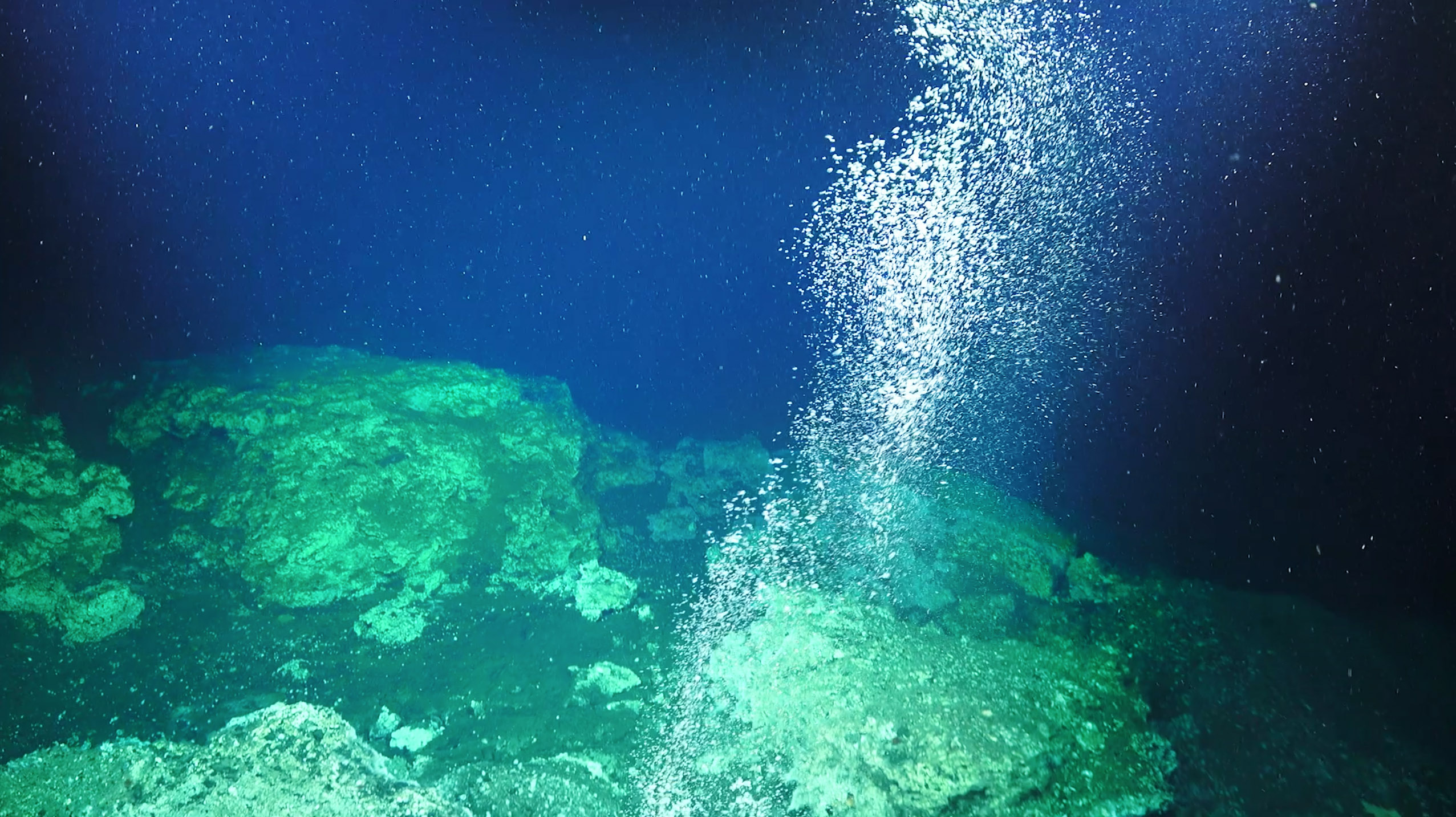
I have studied these kinds of organisms in many locations, but now, on the Falkor, I have got a unique opportunity to study the methane itself. And with my colleagues from USGS, Geomar, BGS, and UNC, we have the ability to bring together a wide variety of talents to really build our understanding of that anchor for the undersea food web.
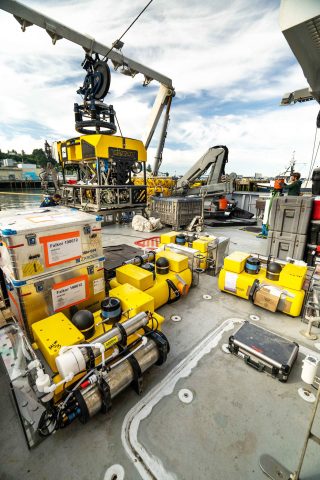
Some of the most interesting things we will be getting to grapple with are our equipment and technology. In addition to the powerful multibeam scanners and other sensors that Falkor has on board the ROV SuBastian, we have got some landers and even a bubble box that we’ll be dropping to the seafloor. These will allow us to capture the methane bubbles, as well as rock samples from the ocean floor and organisms living in the seafloor sediments.
But our focus is not just on the seafloor. Once the methane bubbles out of the seeps, we want to know where it goes, how much of it is eaten by organisms in the water column, and eventually how much of it reaches the surface. It is exciting, because with we have the opportunity to tie together the physical and chemical environment with the biology and ecology of these recently-discovered upper slope seeps.
As we navigate the Columbia Bar, our final spit of land that we will pass is called Cape Disappointment, so named because an explorer who had been searching for the mouth of the Columbia River gave up and turned back before he reached his destination.
With all that we have available to us on Falkor, both technology and expertise, we will not run that risk.
